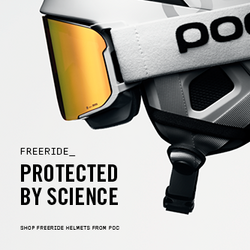Did you trigger or see any avalanches?
The UAC appreciates your time submitting an observation! Please consider these tips:
Use language that you're comfortable with. It’s much better to accurately describe what you saw using non-technical language than it is to incorrectly use technical terms and abbreviations. The Snow, Weather, and Avalanches: Observational Guidelines for Avalanche Programs in the United States (SWAG) is a whole book full of technical terms and abbreviations that avalanche pros use as a reference, but don’t memorize.
Photos and videos can communicate a lot (videos have to be uploaded to YouTube or Vimeo and submitted with a hyperlink). Provide context to your photos and videos with brief written descriptions. With a written description, you don’t have to “on-sight” a narration while recording video. Feel free to adjust photos to best show what you intend, and to trim videos to their most valuable content. Web browsers do not support Apple HEIC photo files, please convert them to a jpeg or png file. Observations submitted directly from your iphone will convert automatically. You can also change the setting on your iphone camera format from "High Efficiency" to "Most Compatible." Ensure that you own or control the use of all photos and videos submitted to the UAC. By submitting these you grant to UAC the right to use the images in all forms and media.
Snowpack tests are a great way to offer information that can be compared from one ob to the next. Take a few seconds to perform the test neatly. You'll get a lot faster the more of them you do. For more information on how to properly perform and record the results, go to chapter 2 of the SWAG. Messy, poorly performed snowpack tests can produce unreliable results.
Formal snow profiles take training and practice are a great addition. If you choose to record layers and input them into SnowPilot, remember that you can put in as much or as little information as you like. SnowPilot is available for free.
Cutting test slopes is not recommended. It is inherently dangerous and can provide misleading information; however, small but representative test slopes may provide good information with less risk. Please use caution! Test slopes, by definition, have minimal consequences.
Consider organizing your observations around obvious clues and red flags:
- Avalanche Activity. Describe where you saw avalanches (location, elevation, & aspect), width, depth, and trigger. If you had a close call, there is no judgement because we will all benefit if you feel like sharing what happened.
- Collapsing or cracking. Did you see shooting cracks, or hear the propagating collapse of a weak layer (whumpfing)?
- A lot of new snow. Depth, type, and relative density of new snow. Is it bonded well to the old snow underneath? Is the new snow upside down?
- Active wind transport or evidence of previous wind transport.
- Signs of rapid thawing in the spring. Also, lack of an overnight refreeze in the spring.



